Japan takes the lead with a world-class support network for local residents and international visitors with auditory, visual or physical handicaps.
With the Paralympic Games set to begin in August 2021, the country is doing even more to ensure equal access for visitors. From barrier-free hotels to public transportation that accommodates people with disabilities, Japan is setting the standard for accessible tourism.
Navigation assistance for the visually impaired with a home-grown innovation
Japan features a country-wide stretch of yellow panels along sidewalks with raised lines and dots that help individuals with vision impairments navigate. The lines indicate the direction a path continues and the raised bumps indicate an intersection or important stopping point. Invented in Japan, this system is called “tenji blocks” with “tenji” being the Japanese word for Braille. Further, all Japanese crosswalks play an auditory tone that indicates when it’s safe to cross—the tone stops before the light turns back to red.
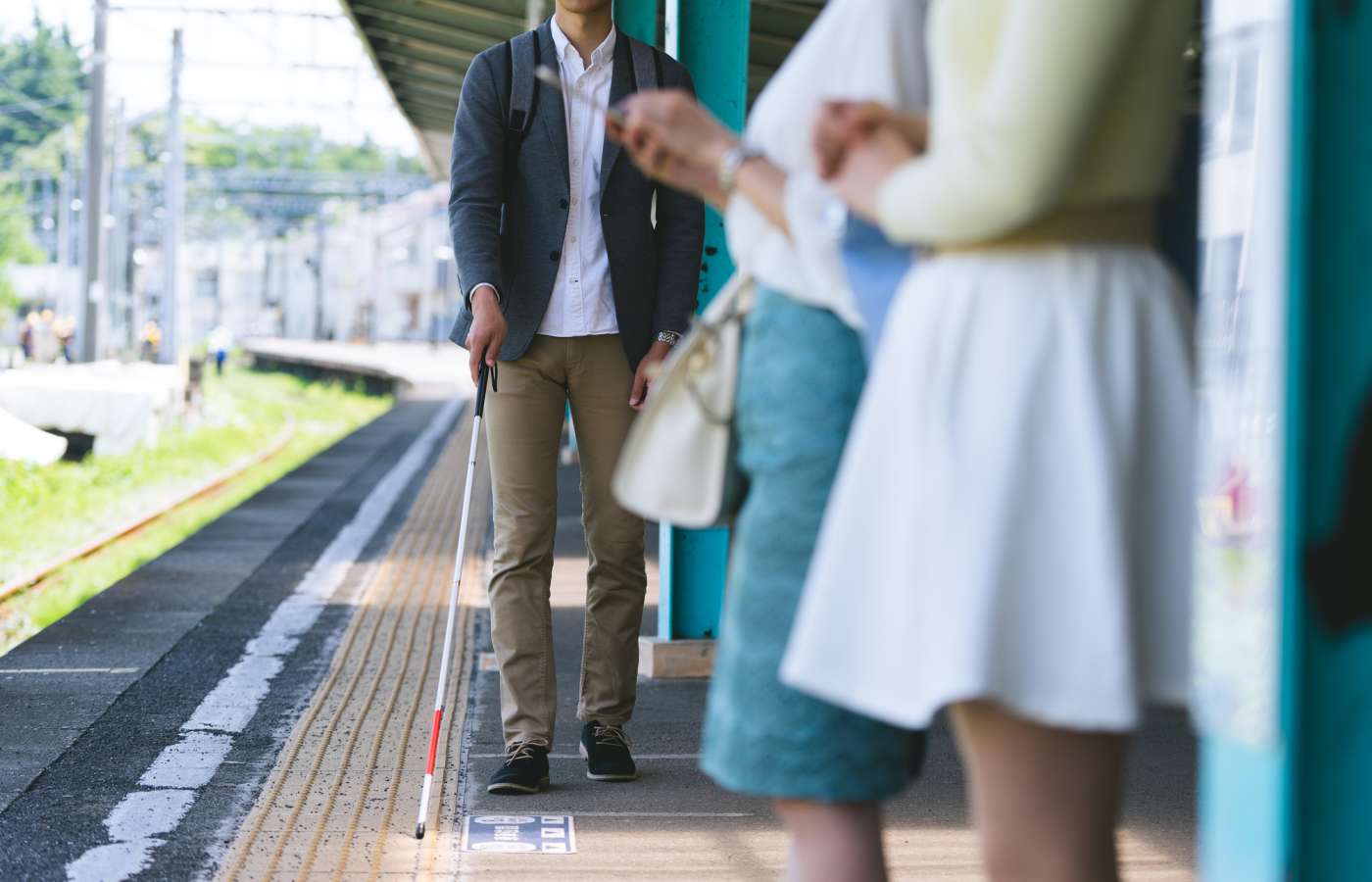
Clear direction for individuals hard of hearing
Japan excels in clear, comprehensible signage and directions indicated in outdoor areas and buildings, including train stations and department stores. Also, Japanese closed caption and subtitle usage on television and media is relatively ubiquitous, providing people with auditory handicaps with pertinent information. Following the onset of the pandemic, prefectural governments across Japan newly onboarded sign language interpreters to interpret for government leaders at news briefings.
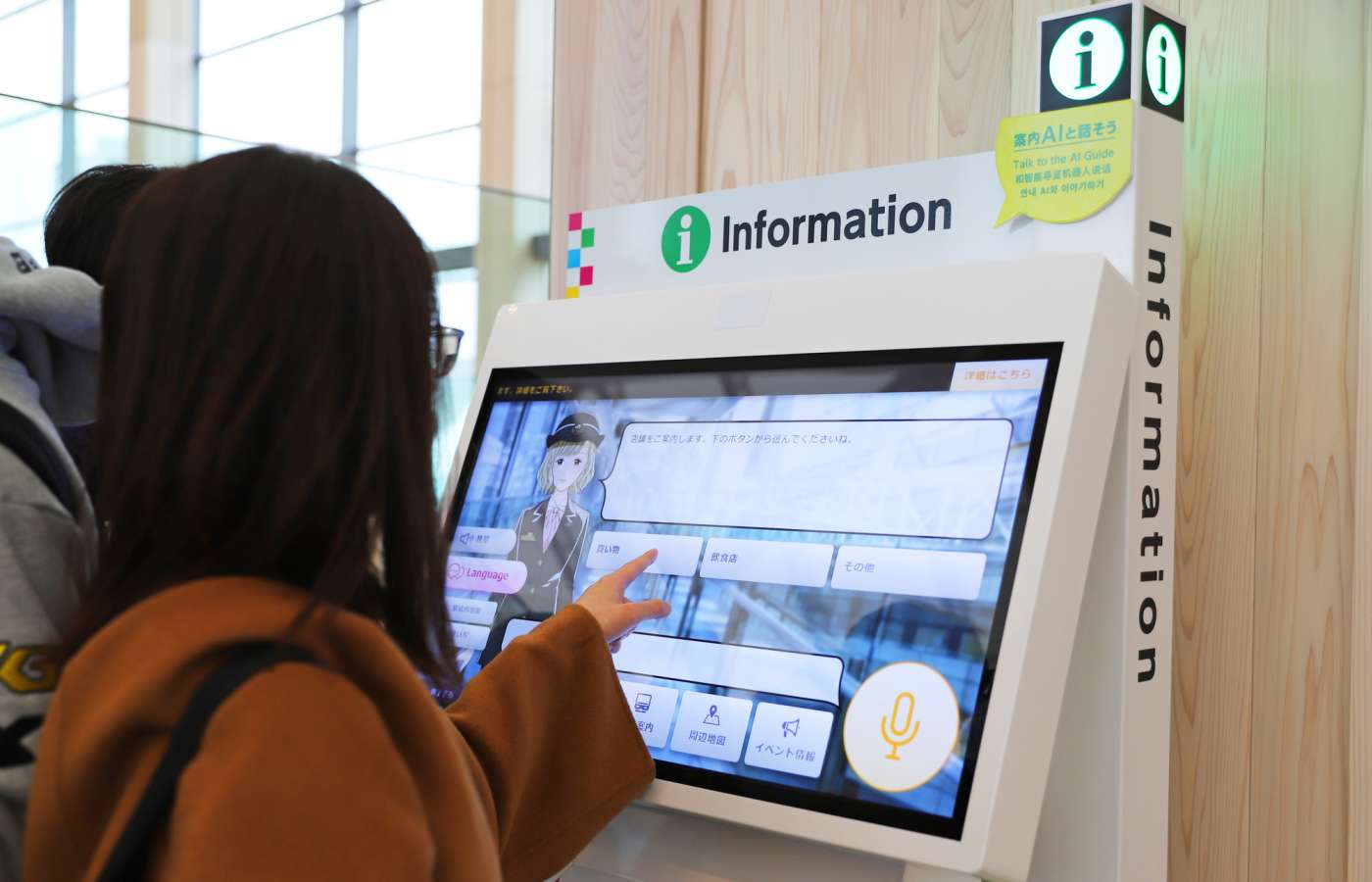
Opening new experiences for visitors with barrier-free access
For individuals who use a wheelchair or are otherwise impaired in their mobility, Japan has a strong culture of implementing accessibility measures in many public places. This includes ramps for wheelchair access, elevators, handicapped toilets, “non-step” (low-floor) buses and wheelchair ramps for getting on train cars—alongside full assistance from train station staff.
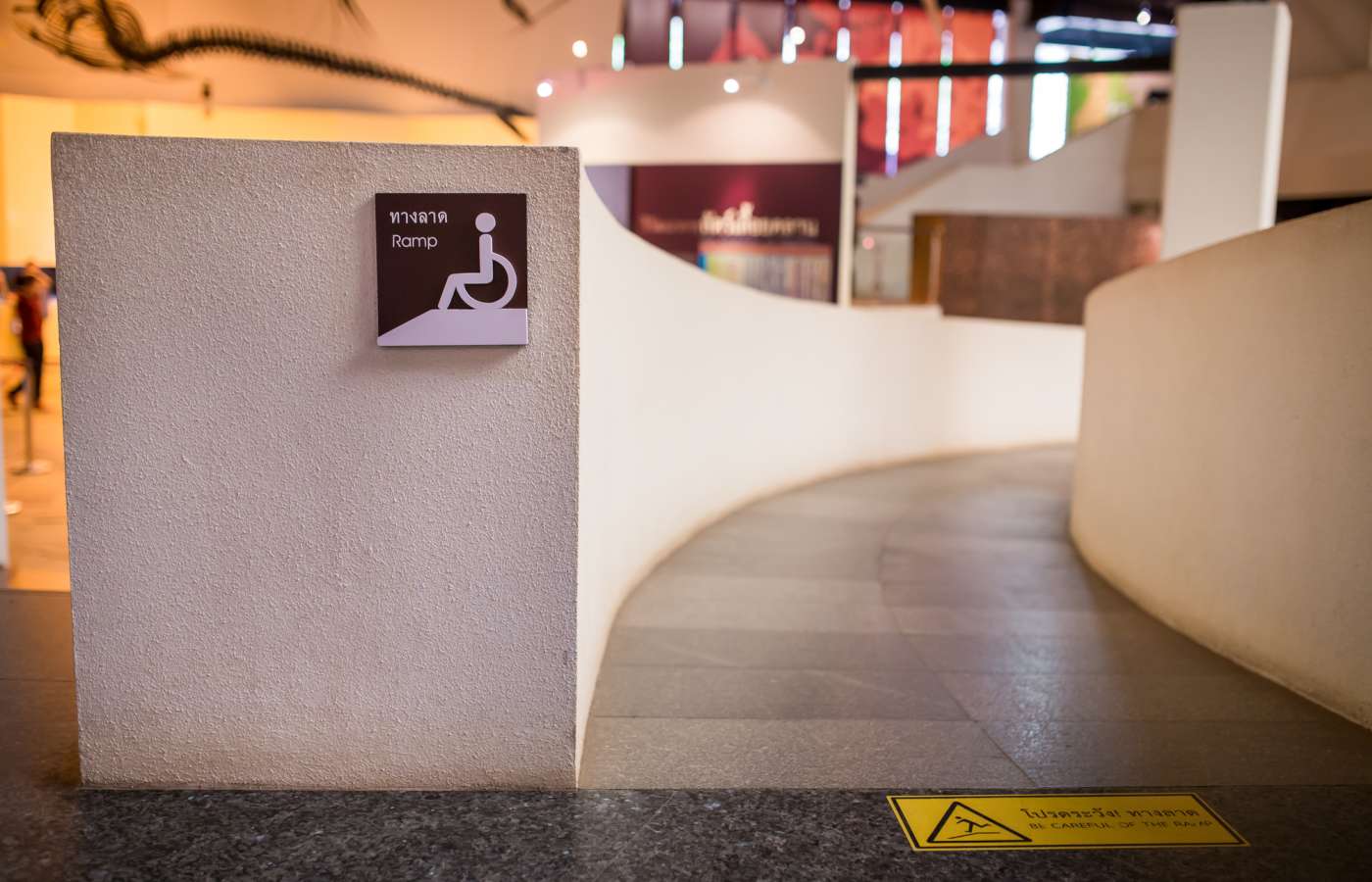
In ultra-urban, crowded Tokyo particularly, the dedication shown by train station employees in coordinating the onboarding and deboarding of individuals in wheelchairs shows just how committed Japan is to accessibility for all.
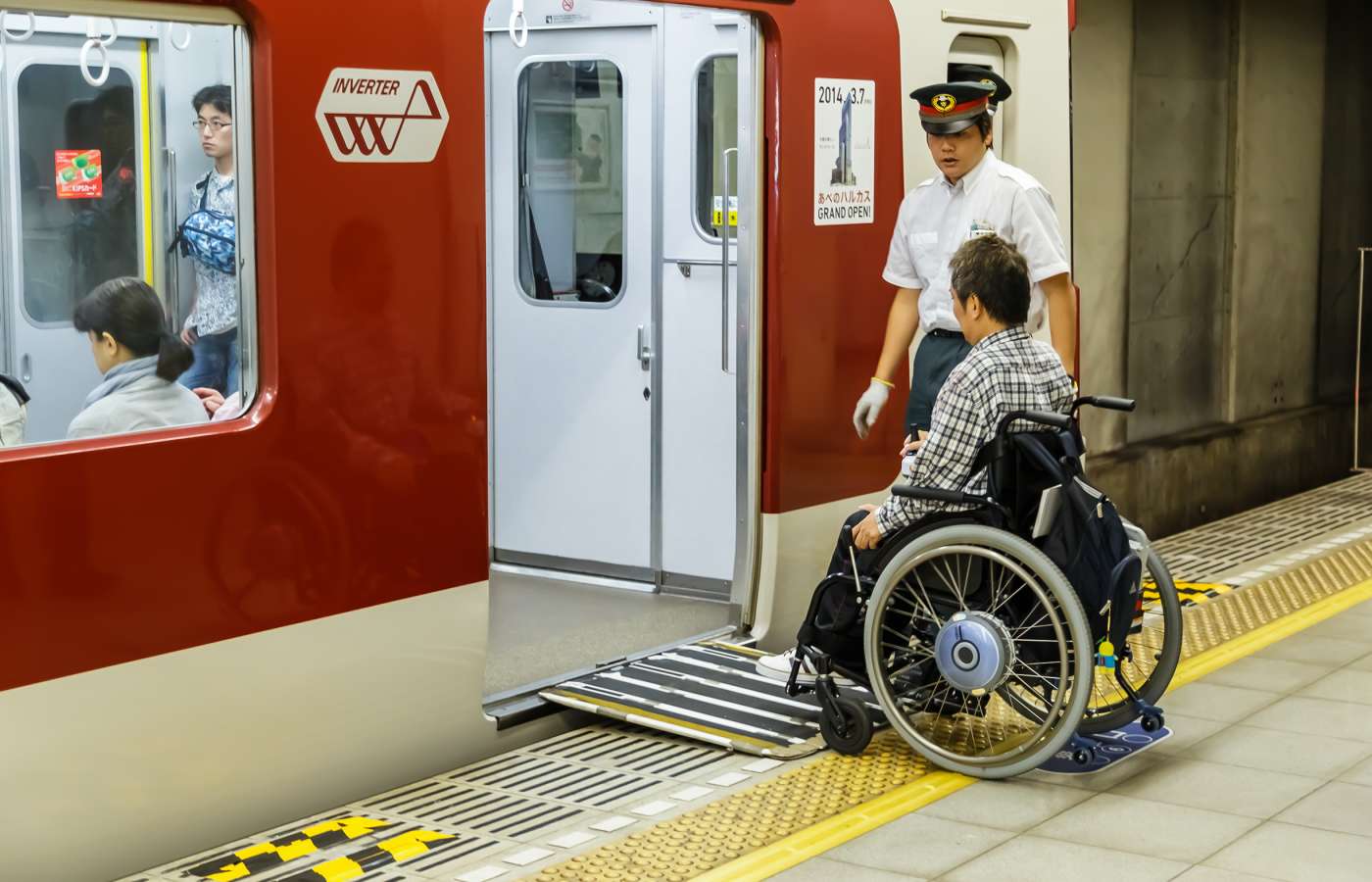
Taking in Tokyo’s accessible tourism hot spots
Tokyo also features many different tourist attractions that are accessible by wheelchair.
Mt. Atago is the highest topological feature in the Tokyo Metropolitan area, at 26 meters above sea level. The 86 steps leading to the top are known as the “Stone Steps to Success” after a samurai who climbed them on horseback in 1634. Today, this shrine is frequented by those looking for success in business.
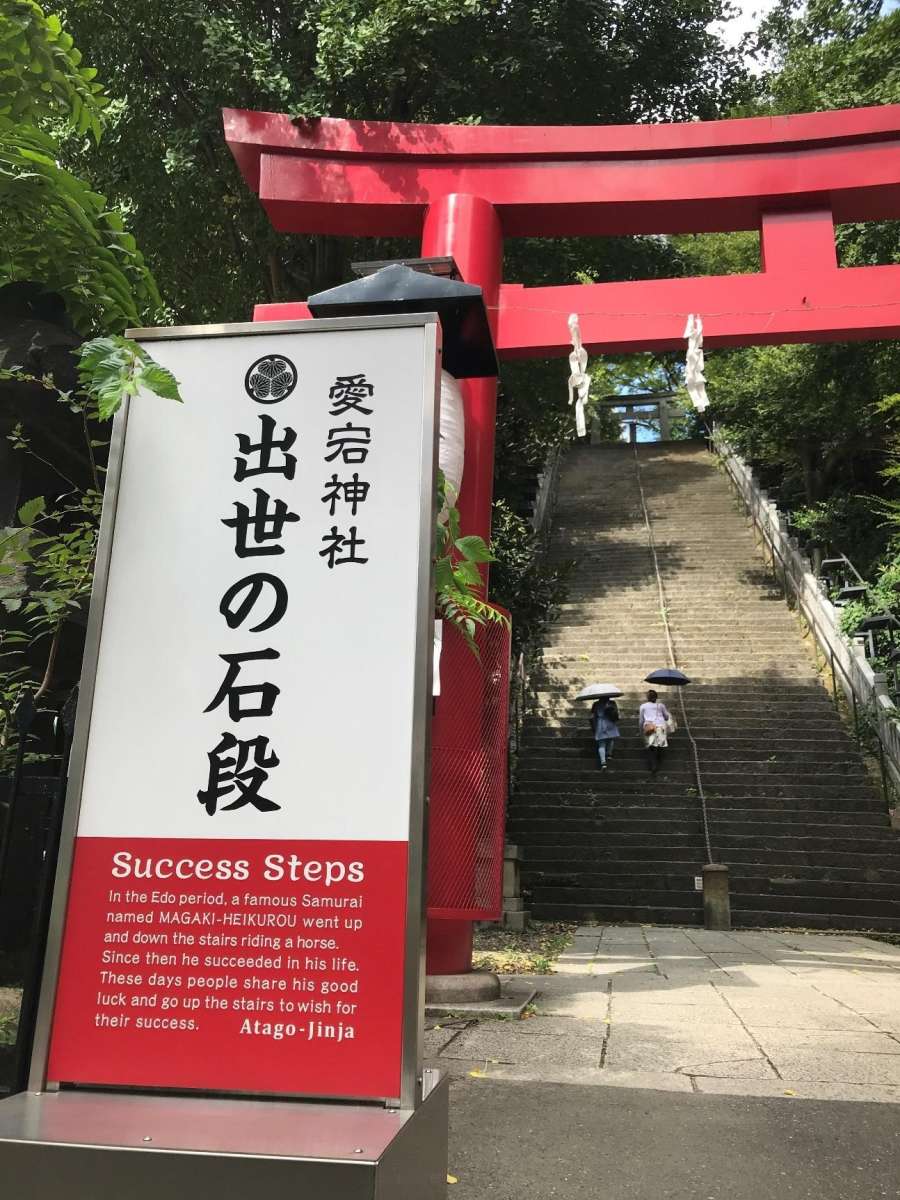
©Tomohiro Fuchiyama
This landmark is fully accessible via wheelchair via an elevator that takes you straight to the top.
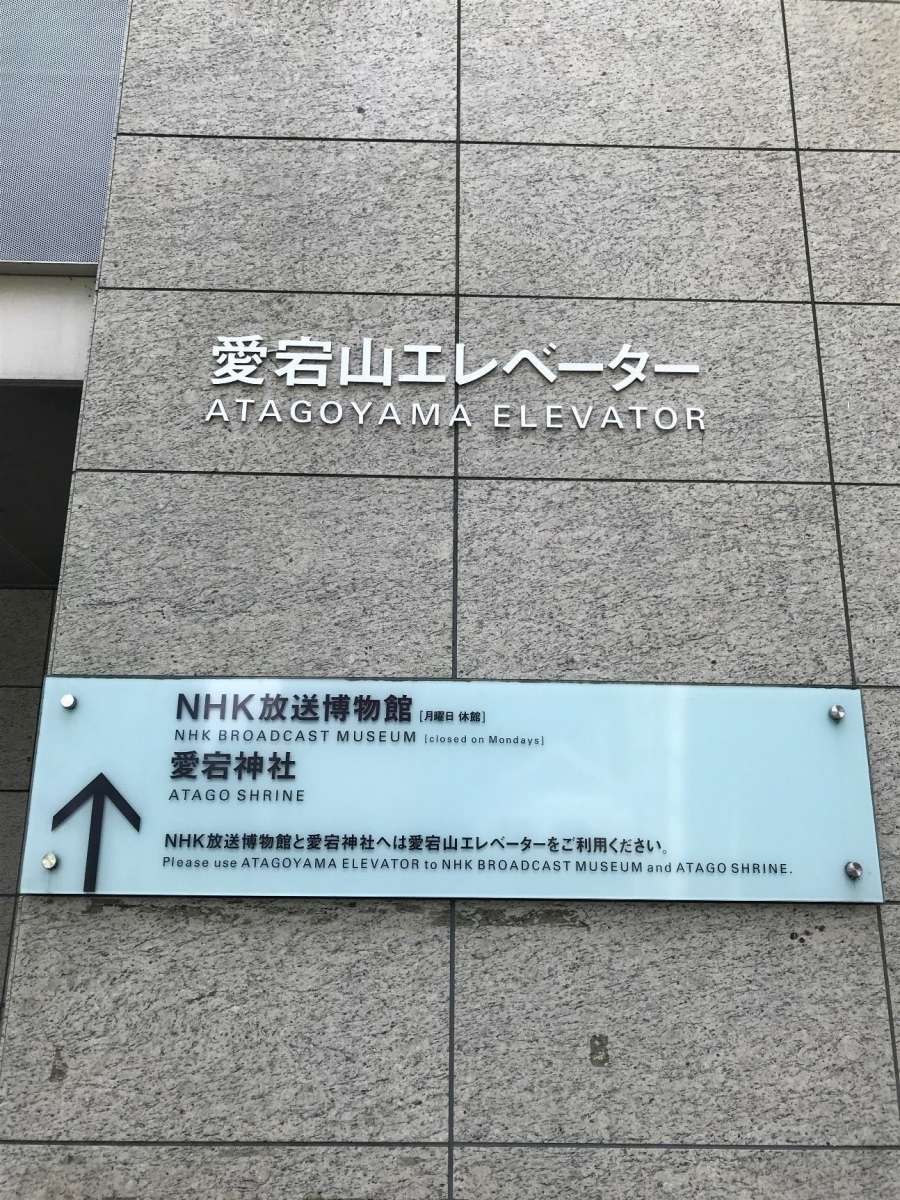
©Tomohiro Fuchiyama
At the top, visitors can pay a visit to Atago Shrine, established in 1603. This shrine is associated with disaster prevention, alongside success in business and love.
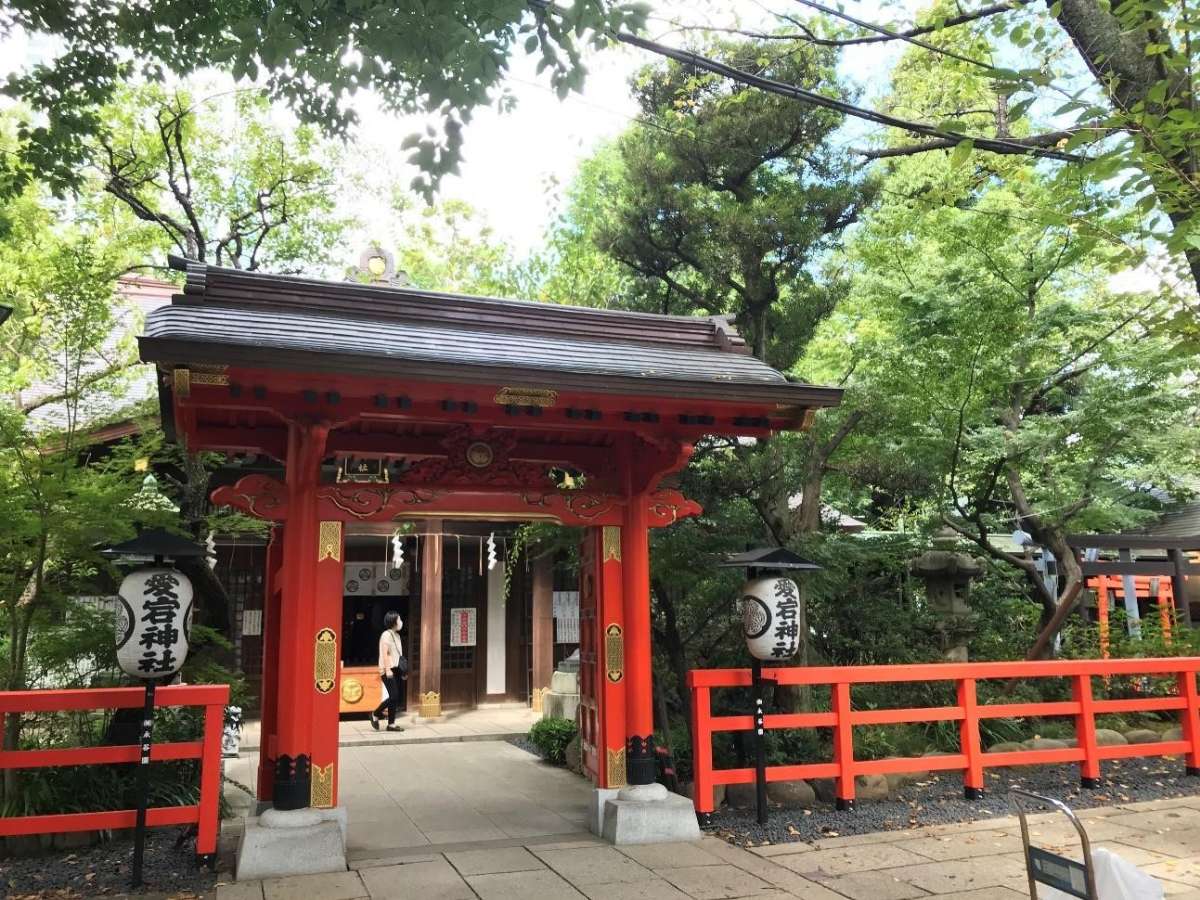
©Tomohiro Fuchiyama
Tokyo Dome City area and Tokyo Dome City Attractions theme park are also exciting destinations for all tourists. Tokyo Dome City is an urban entertainment area filled with shops and restaurants, while Tokyo Dome City Attractions is an amusement park full of rides and attractions.
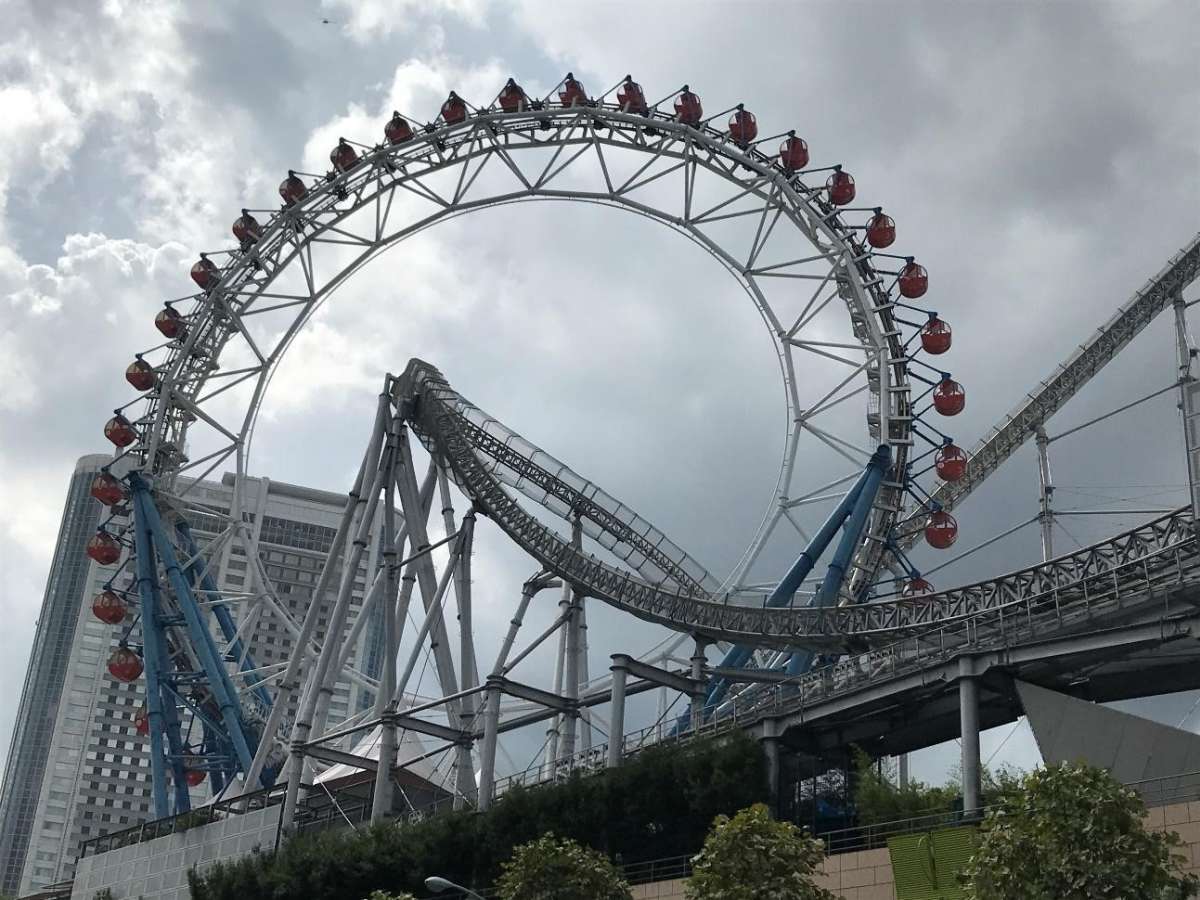
©Tomohiro Fuchiyama
The BIG-O Ferris wheel is unique due to the roller coaster that passes through its empty center. Two of the 40 gondolas are wheelchair accessible, and staff members will temporarily stop the ride to assist with loading and unloading passengers in wheelchairs.
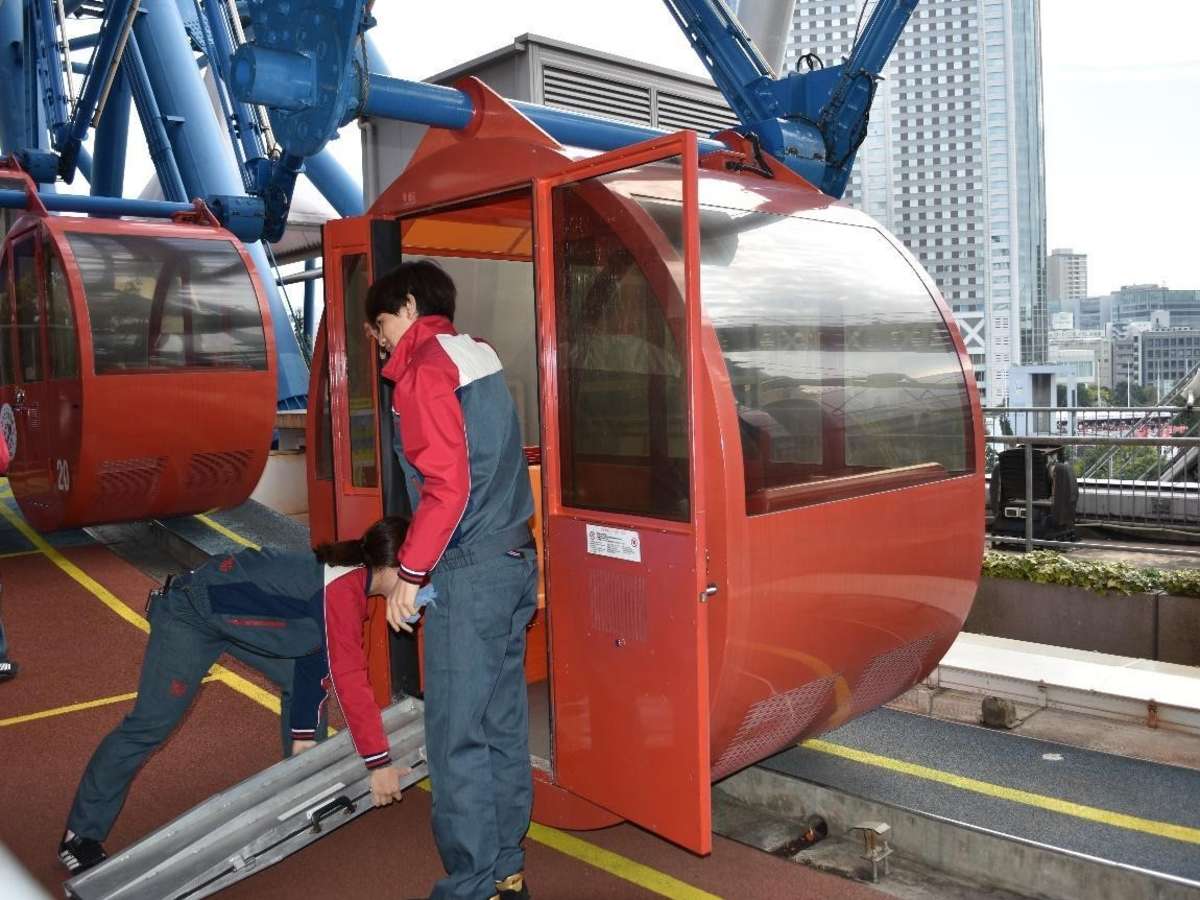
©Tomohiro Fuchiyama
Japan as a whole offers a wide range of support for individuals with disabilities. Come and be amazed by the respect and consideration shown for all people, have life-changing experiences and make unforgettable memories in the land of the rising sun!
https://www.japan.travel/tokyo-and-beyond-2020/en/trip-ideas/tokyo-wheelchair-friendly-spots/
Author of the original article:
Fuchiyama Tomohiro
-
About the author
Author: Caleb DeMarais
Profile: Caleb DeMarais hails from the USA but has called Japan home for nearly 15 years. Whether knee deep in Japanese onomatopoeia, dissecting traditional craftsmanship or trying his best at rakugo puns, a fascination with everything Japan inspires his work as a writer and translator.





















































